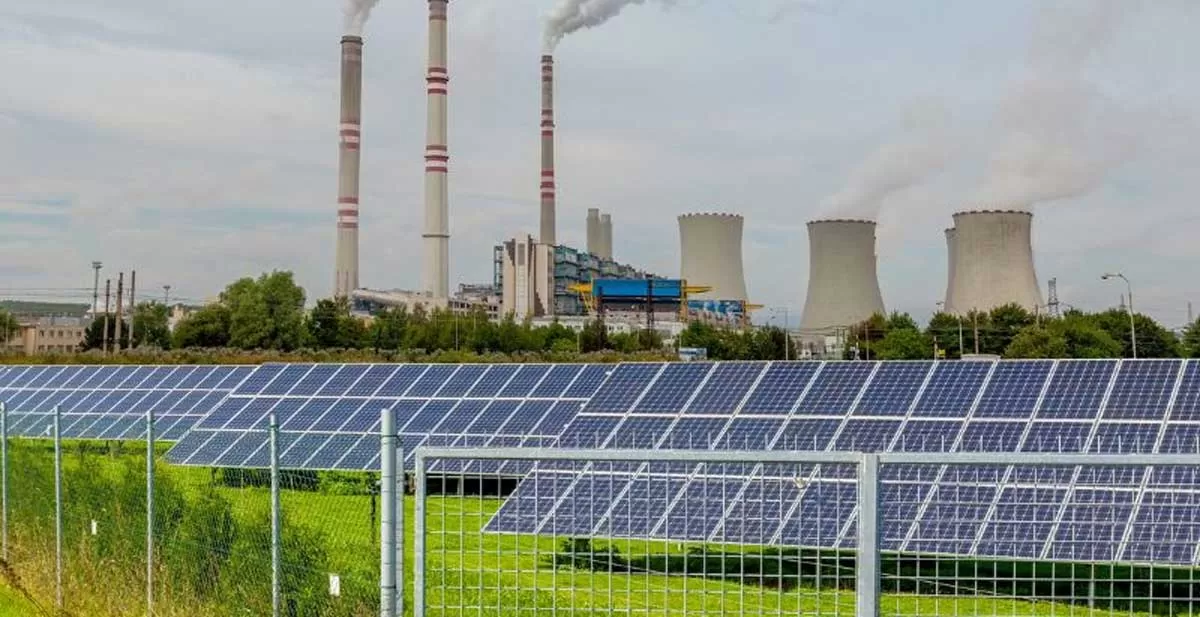CEA Clears Record 7.5 GW Hydro Pumped Storage Projects in FY25

14 Apr 2025 CW Team
In a significant step towards strengthening India’s long-term energy storage capacity, the Central Electricity Authority (CEA), under the Ministry of Power, has approved Detailed Project Reports (DPRs) for six Hydro Pumped Storage Projects (PSPs) totalling approximately 7.5 GW during FY 2024-25—a record feat for the country.
The cleared projects include:
• Upper Indravati (600 MW) – Odisha
• Sharavathy (2,000 MW) – Karnataka
• Bhivpuri (1,000 MW) – Maharashtra
• Bhavali (1,500 MW) – Maharashtra
• MP-30 (1,920 MW) – Madhya Pradesh
• Chitravathi (500 MW) – Andhra Pradesh
This achievement is the result of enhanced collaboration between PSP developers and appraisal agencies including CWC, GSI, and CSMRS. The CEA has also introduced reforms to accelerate approvals—such as a more transparent appraisal process via the “Jalvi Store” portal, concise DPR formats, and structured checklists for faster submission and review.
Building on this momentum, the CEA aims to approve at least 13 PSPs totalling 22 GW in FY 2025-26, with most projects targeted for commissioning within four years, and all by 2030. This is a key element in India’s efforts to support its renewable energy targets and ensure grid reliability through robust energy storage solutions.
With private sector participation increasing, India’s estimated pumped storage potential has surpassed 200 GW—a massive jump from the current operational capacity of just 3.5 GW. In 2025, two PSPs totaling 3 GW are set to be commissioned. By 2032, India expects to have about 50 GW of PSP capacity operational.
Currently:
• 8 projects (10 GW) are under construction
• 3 projects (approx. 3 GW) have DPRs already concurred
• 49 projects (66 GW) are under survey and investigation
Hydro PSPs are critical for India’s energy transition, enabling off-peak power storage and on-demand supply during high usage periods—making them strategic assets for both the nation and investors, with a lifespan of over 70–80 years.
(PIB)
